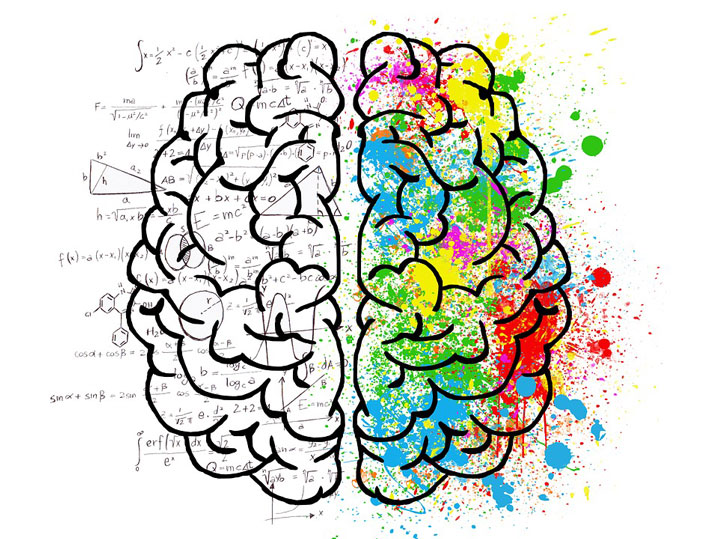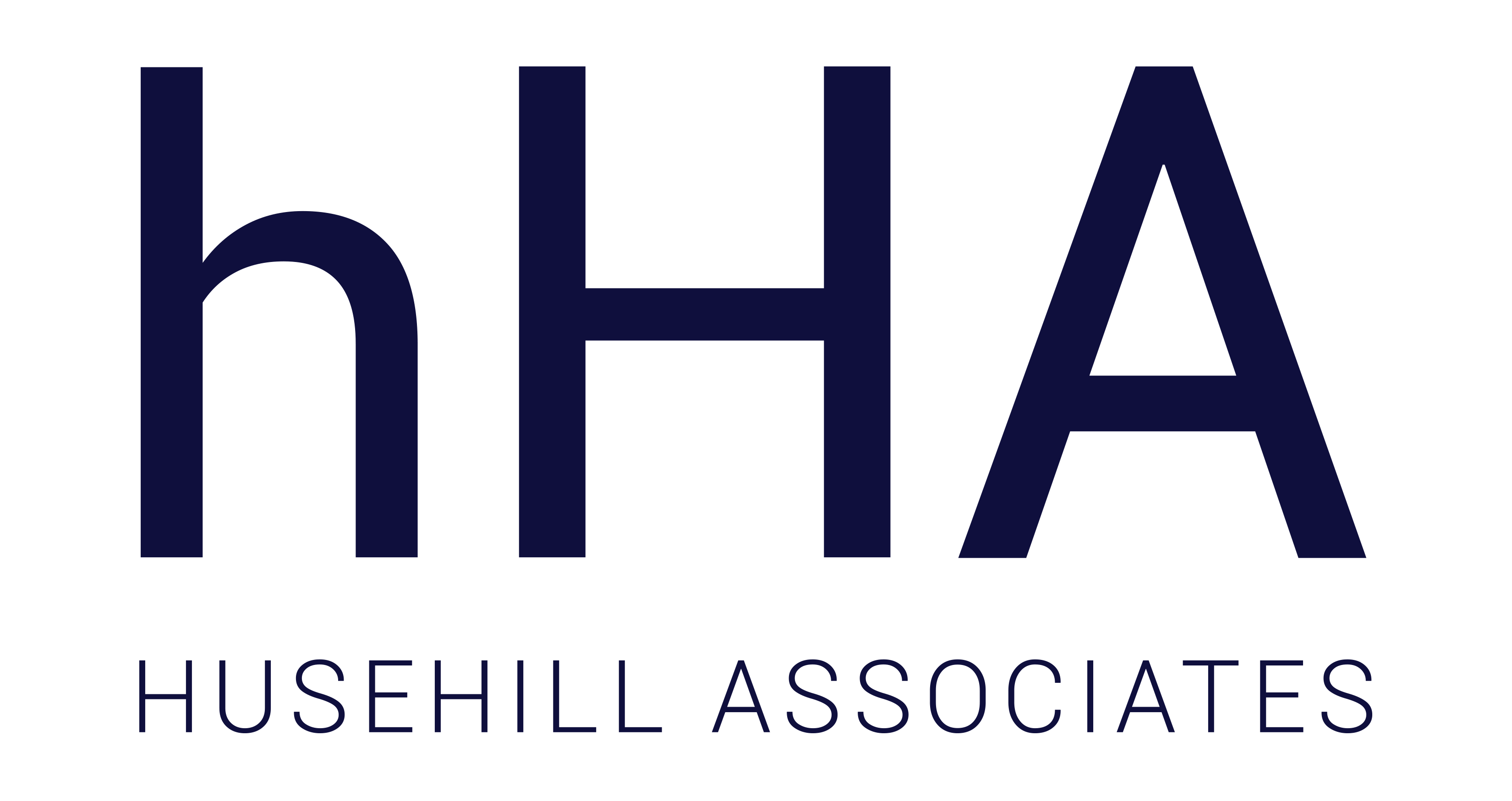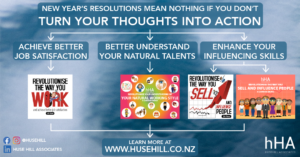Post Statistics
This post has 907 words.
This post has 5624 characters.
This post will take about 4 minute(s) to read.

As someone who has written books, it often bowls people over when I tell them I have Dyslexia. It has been frustrating to live with, but it has also given me many gifts in compensation.
Dyslexia has traditionally been seen as a reading disorder where someone has problems with reading, spelling, writing, reading aloud words and understanding what one reads. The heading of Dyslexia has expanded to include abilities as well, such as big picture-thinking, creativity and visual and spatial strengths. Dyslexia can be a big challenge academically as it can be difficult for students with Dyslexia to learn in the typical instructional environment.
The causes of Dyslexia are still under debate but many scientists believe it comes from an abnormal development of visual nerve cells. A recent study by 2 French scientists proposes that the cause may be due to how light-receptor cells in the human eye are arranged. In most people, the cells are arranged asymmetrically which leads people to have a dominant eye where one eye overrules the other to see a single image and transmits that single image to the brain. People with Dyslexia, they propose, have these cells arranged symmetrically, which means the brain is receiving 2 competing images at the same time and this causes errors when they see the letters like “b” and “d”, often confusing one letter for another.
Going through the typical instructional environment is a challenge for people with Dyslexia because the focus is around letters, words and sounds. Dyslexia is classified as a phonological-based learning disability, phonology is related to sounds and their linguistic meanings. However, with special education, accommodations and support, students with Dyslexia can have their challenges mitigated. Using different approaches such as pictures and audio can also help the child with Dyslexia understand concepts by bypassing traditional routes.
On the plus side, those with Dyslexia, have the ability to see the world in many perspectives and tend to rate high on visual-spatial intelligence. Creativity is also a trait that is common with Dyslexics. I myself have a talent for Improvisation, being able to think outside the square in new and exciting directions. Industries in which we are over-represented include art and architecture, design, entrepreneurship, engineering and technology. Many famous people who are said to have Dyslexia include Bill Gates, Sir Richard Branson, Richard Taylor from Weta Workshop and Albert Einstein.
Currently I’m writing a new book and I have a writer who works right next to me. He shared with me an observation of how I write. “When I write, I usually start the sentence and quite often I don’t know where it’s going to end up. I get my thoughts out as I write.
“You do it differently, Jim. You see each word, each sentence, each paragraph and each chapter as a whole, so all you do is just transcribe what you see. It’s like as though you see them as pictures, not as words and letters.”
Non-Dyslexics learn to read by seeing the word “cat” and translating that to a furry feline, whereas, people with Dyslexia see the letters C A T, but can’t associate that to the feline. However, when they have the vocabulary of an adult and knowledge reference points, then they’re ready to learn to read. As we get older, we gain reference points and a knowledge base, so that when it comes to words and letters and what they mean, that we can mark and build on. Our Dyslexia can become manageable over time.
In my early 20s, I started to read to my 6-month-old daughter every night and by the time she was 3-years-old, she was reading serious children’s books. Now she has had a successful career in journalism and public relations working across multinational corporates. For me, in reading to her, I started to develop the ability to re-learn fundamental reading skills.
My Dyslexia still lives with me. After a full-on day at work, sitting down in front of the computer and reading emails is still difficult and I usually need to leave it on the next day.
A child with Dyslexia needs a Reader. Someone to help them make it through the instructional environment that is our Educational system, up until that system changes to encompass and support many different learning abilities. And it needs to, because Dyslexia affects up to 10% of our population. That’s a lot of people to leave behind if we don’t change the way we educate so that everyone can benefit. Having a reader help them through those developmental years, that someone with Dyslexia, as they become adult, can relearn to read with those reference points and knowledge base.
In conclusion, support the child with Dyslexia with a reader through their education and when they are parents, get them to read to their under-1-year-old children. By the time their children goes to school, they will have significant reading/writing abilities and the adult with Dyslexia will have redeveloped the learning points that they missed out on the first time around.
Because it’s never too late to learn how to read.
Did you know that Microsoft Outlook offers Text-To-Speech for people with Dyslexia? To learn how to use this function and many other important features, have a look at my Bookstore for the latest edition of Revolutionise The Way You Work Using Microsoft Outlook, 2016 version.
Available in both hardcopy and ebook format.



